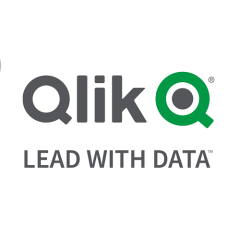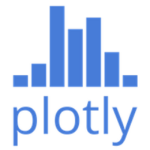The in-memory technology allows you to easily manipulate and analyze vast amounts of data with simple clicks. It allows for real-time analysis of data via visual representations, as well as data tables. It supports using variables in calculations, as well as their proprietary SET analysis, which allows for calculations based on calculated dimensions, aggregations, and other logic against real-time selection of data.
It is very flexible in terms of calculations and presentation of values and data. It makes very quick reporting and data analysis possible.
This product has allowed us to create several applications and dashboards for use by management and different business units to conduct self-service analysis, as well as built-in intelligence. This accelerates business decision-making. It avoids the lengthy delays involved in requesting the information from IT or having to deal with the disconnect between technology and the business side, both from an objective point of view, but also from the customer view.
It also enables management and the end user to change the criteria of the reports and data without having to go back to IT with changes. In other words, dynamic reporting.
There definitely needs to be an update in the number of chart types available and the options within each chart. There are various charts that could use more customizable options, as well as certain charts that are missing such as waterfall charts, histograms, etc.
One glaring omission is the lack of mapping technology in QlikView. Although they do offer solutions through third-party add-ons, other similar providers have this as a default feature in the app. I think currently, mapping technology should be standard with these applications given the competition and the capabilities it brings. It seems that because of their third-party developer relationships, they are holding back on adding features to the application, which would put those developers out of business.
The licensing scheme leaves a lot of room for improvement. I believe it is cumbersome and expensive to maintain. In order for a user to view a published application, they need to have a viewer license (approx. $350 the last I remember). However, if they need to view multiple applications, they need a viewer license per application. $350 X # of applications they need to view per user. This will get very expensive if a lot of users need to view the application. There are application licenses, there are named user licenses, there are session licenses, and developer licenses. There are way too many licenses of varying costs, none of which are very economical in my opinion. If you need to view more than three applications, the best alternative is to purchase a developer license, which allows for unlimited applications. However, that will set you back about $1400, even if the user is not a developer.
I have been using it for four years.
Licensing costs are a big one, see aforementioned point. Second would be the hardware requirements from a developer point of view. Because of the in-memory allocation of the application, really big data sets take a really, really long time to load, often times making the user wait quite a while for the loads to finish. If you are making changes to one dataset on an application that has multiple load statements, there isn’t an option to only reload the changed statement. Instead, the entire load has to be redone and thus the cycle begins again, as does the waiting.
I have not dealt with technical support or customer service. We have an implementation area that deals with technical support for server related matters, however, we got the installation and support through a reseller. In our case, internally for all technical support related matters we have to go through our internal channels and processes and in turn if it is something that they cannot handle, they go through the reseller for resolution.
The choice to use this product was an organizational decision.
Initial setup was straightforward.
We had a recommended vendor do the install on site. My only advice is to have users that are somewhat knowledgeable of the application to test. (It can be installed individually for testing.) Also, I recommend thorough testing of all aspects of loading data.
Try to speak with the vendor in terms of the best possible licensing scheme, keeping in mind scalability and future deployments. In the end, if this is not properly calculated, it could be very costly.
It is a great tool for analysis and dashboards. It is better complemented by bringing in data as complete as possible in terms of calculated fields, case statements, etc. QlikView syntax can take some time to learn and might not be as flexible as SQL or other similar languages, in terms of capability in manipulating data.
















Good to note your experience. Can you help me understand the reasons on "why your business requested a move from Tableau to Qlik ?"